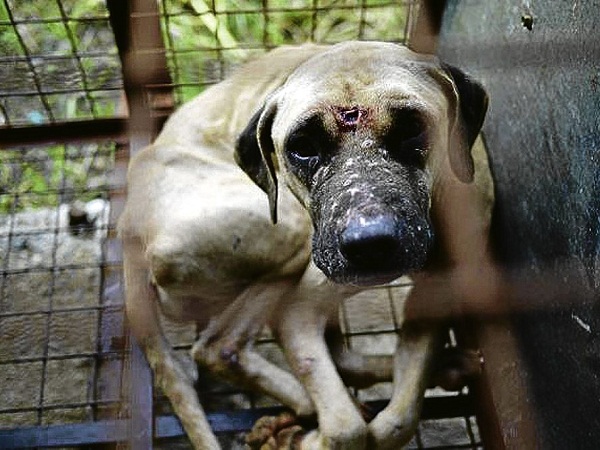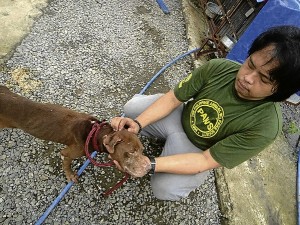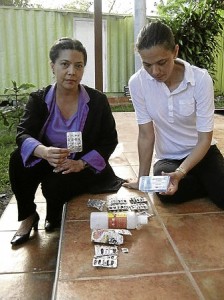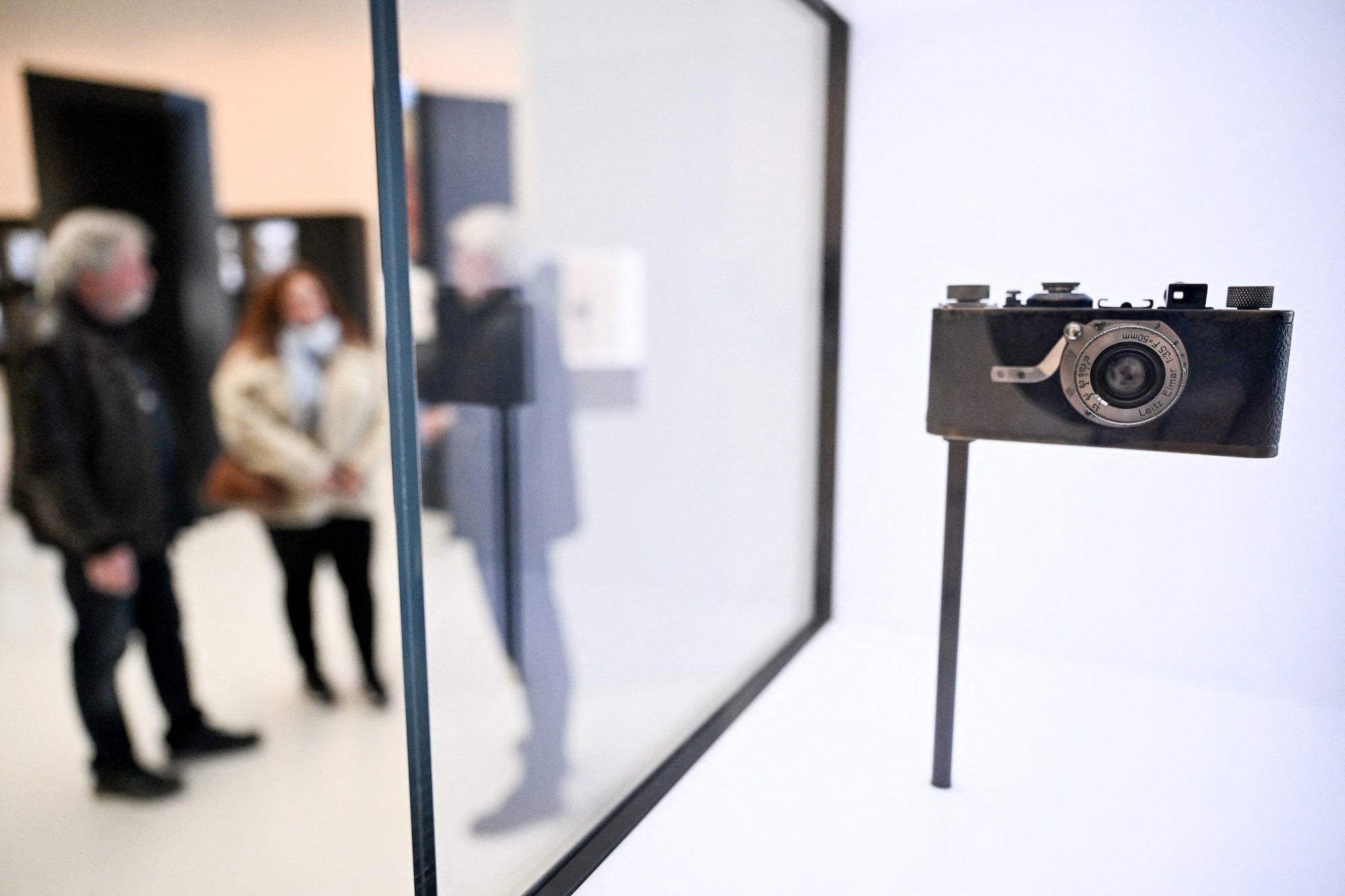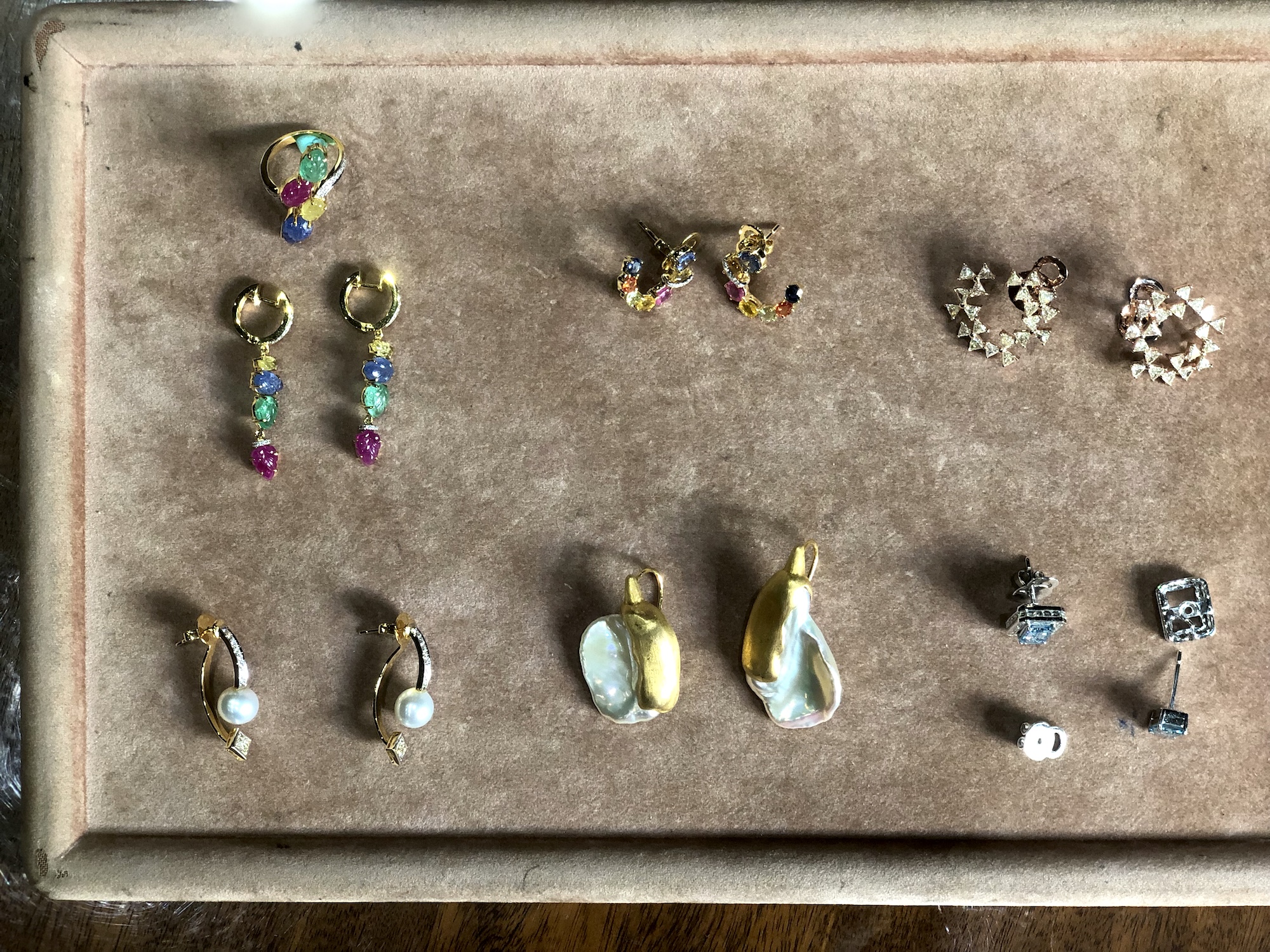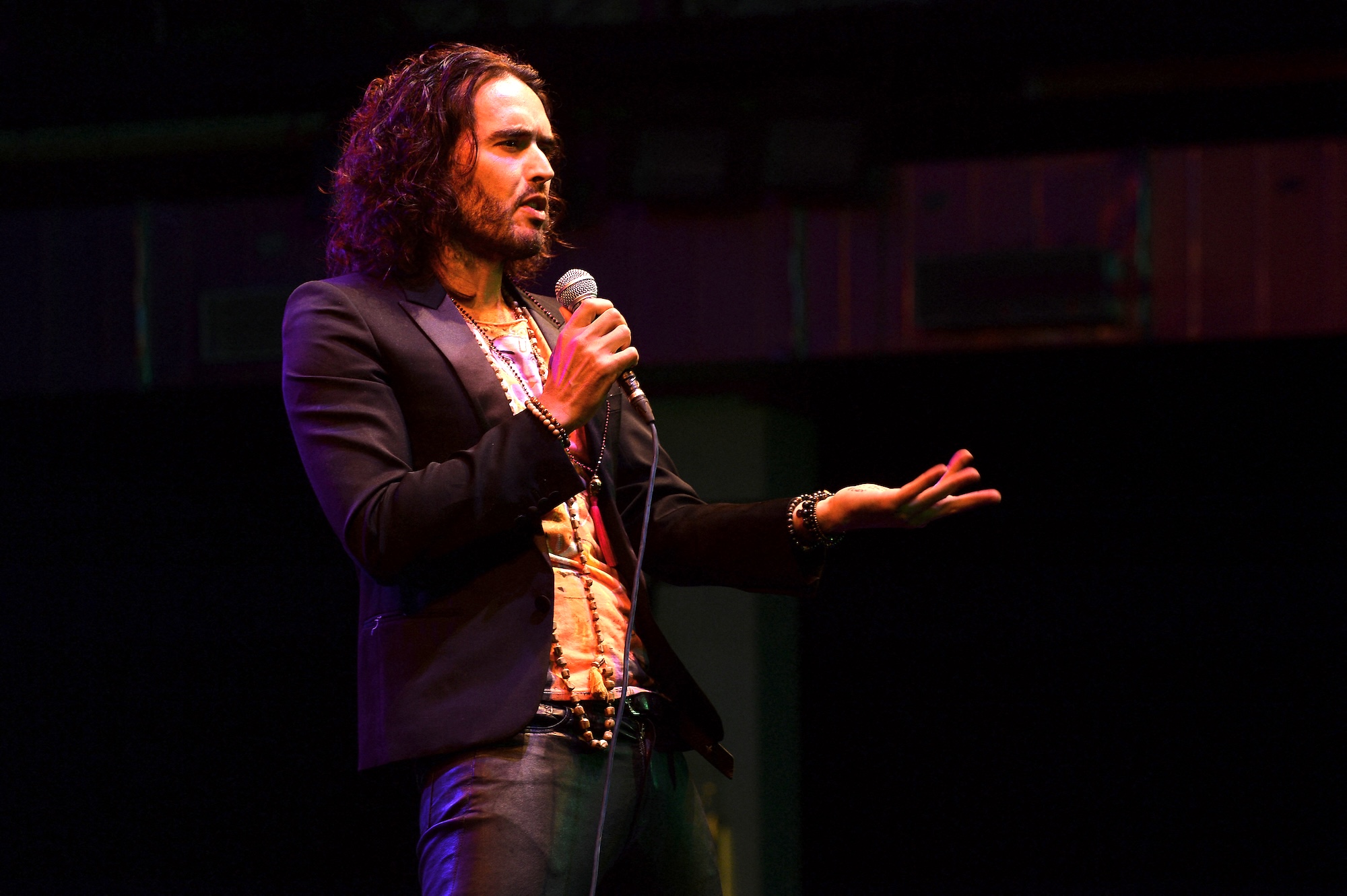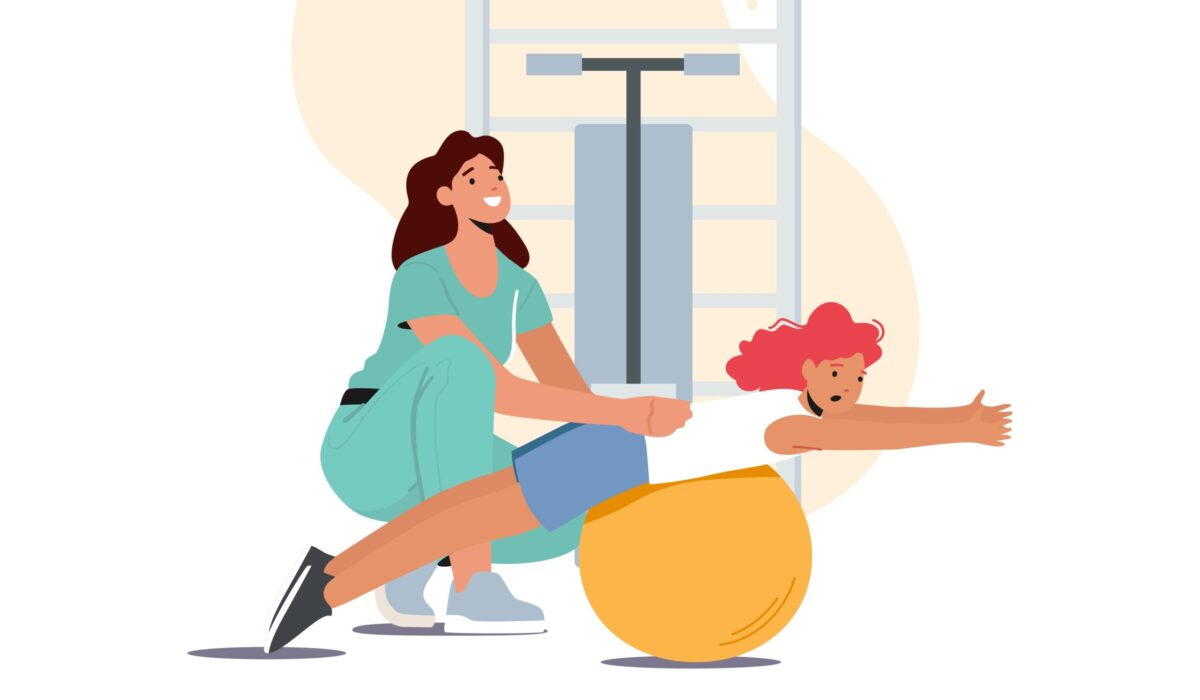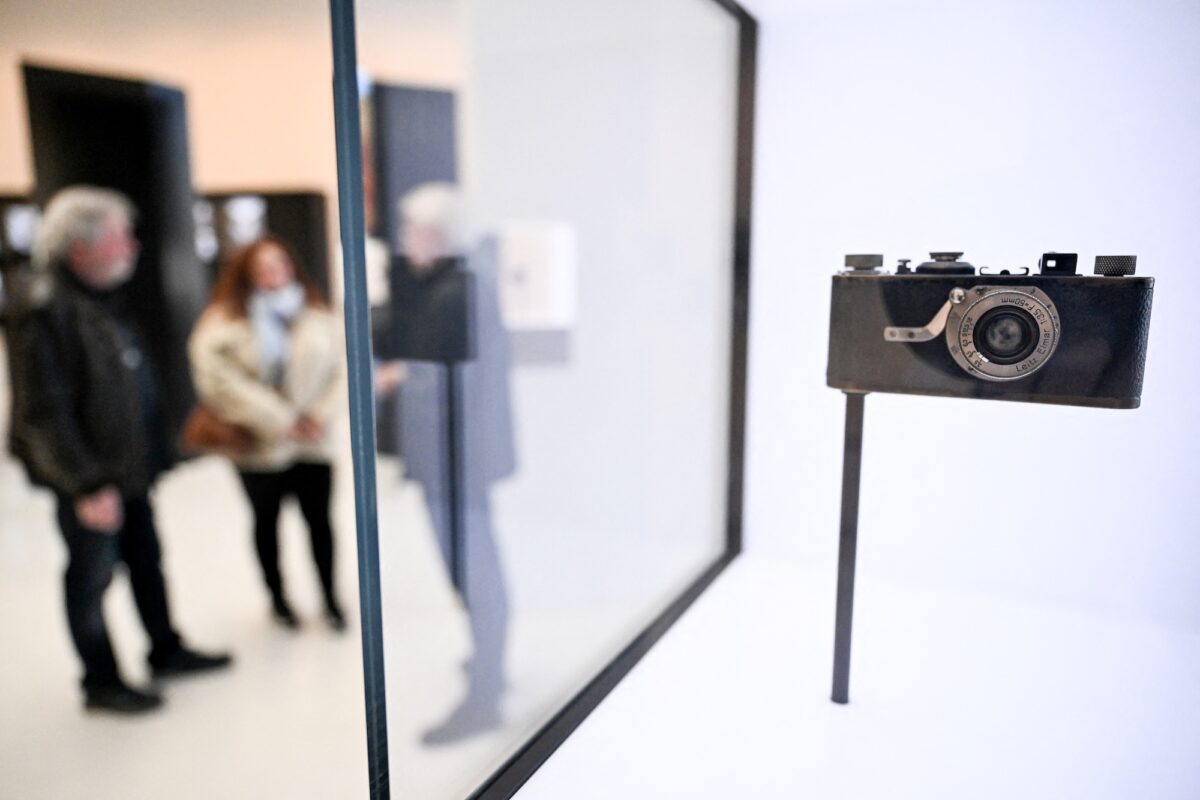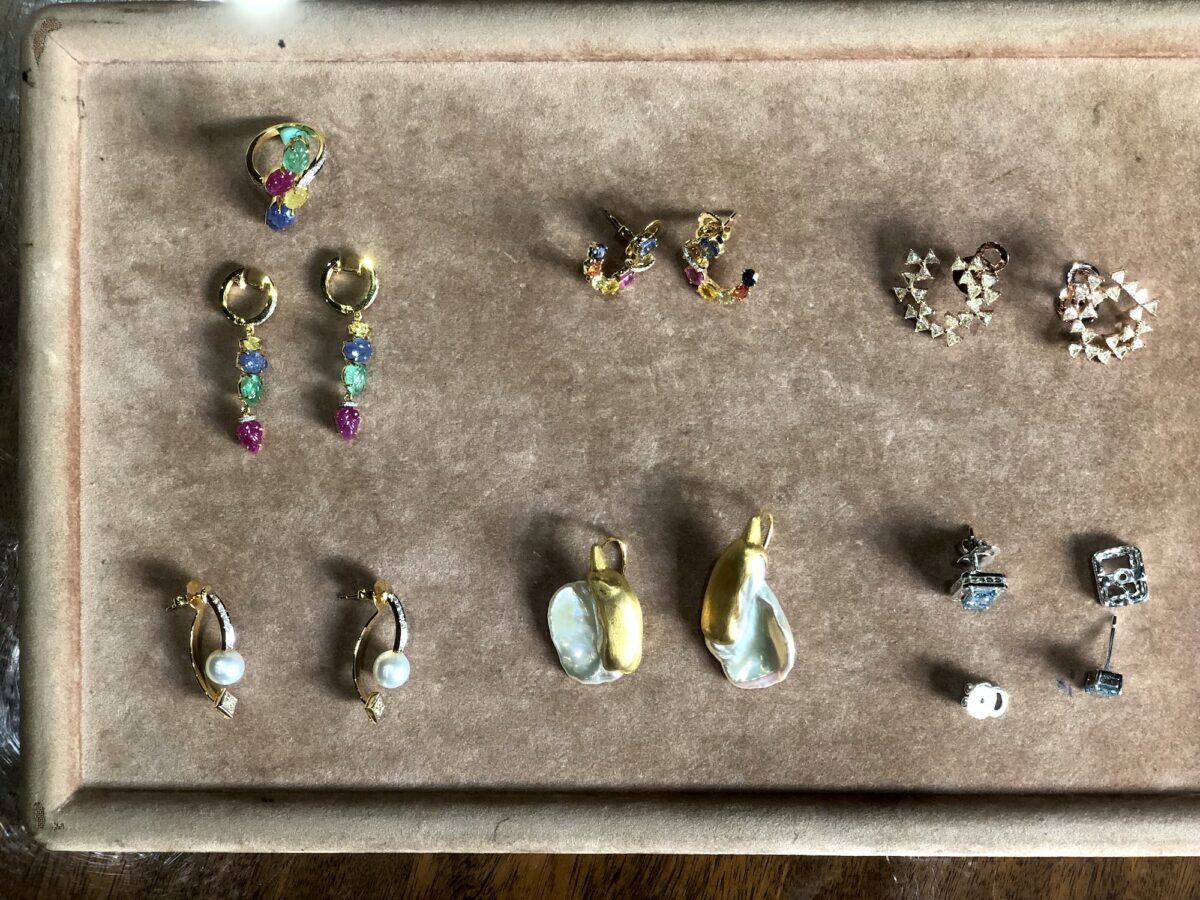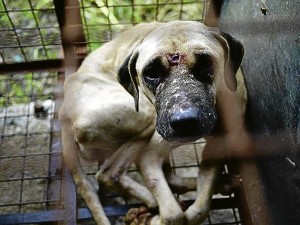
—Isaac Bashevis Singer
If you’re an animal lover and you like happy endings, this story isn’t for you. At least not quite yet, but I’m hoping it will be.
Because right now, this is a story of human cruelty and greed, and of bloodlust powered by high technology and administrative ignorance. It’s about people acting worse than the animals they abuse—foreigners who take advantage of lax law enforcement, the despicable Filipinos who help them, the dog breeders who sell animals to their death, and the perverts worldwide who bet on online dog fights and make scumbags rich.
On the other end of the spectrum, there are the animal welfare groups in the Philippines, underfinanced, overworked organizations that have been scrambling desperately to right a shocking wrong.
There are the volunteers of the Philippine Animal Welfare Society (PAWS), young folk who run to the animal shelter after work or school to pick up dog poo, scrub under filthy cages, mix basins of dog food and dog vitamin tablets that have to be crushed to make sure there’s enough to go around, and stay awake through the night to make sure the IVs of the weaker dogs continue to drip.
Fight to the death
Last Dec. 2, Cavite authorities raided an online dog fighting ring in a warehouse in Indang, Cavite, and rescued 246 pit bulls, many of them undernourished and badly wounded, but still being primed to fight to the death.
“There was an ongoing dog fight when our group and the police arrived at the scene,” recounts Greg Quimpo, center manager and program coordinator of the animal welfare group Animal Kingdom Foundation (AKF), who were first on the scene, following the Cavite special operations group into the warehouse.
“Inside the pit within the warehouse, three dogs are made to fight simultaneously until a winner stands alone. There are at least 20 salvos a day—that is, 60 dogs fighting, for five hours. They hold fights three times a week or more, as per the dog handlers’ account.”
Cases for violation of RA 8485 or the Animal Welfare Law and PD 1602 on illegal gambling, as well as for using fake names, were filed against the Koreans, reports AKF legal counsel and trustee, lawyer Heidi Marquez Caguioa.
Still, “The penalties are very light,” says Caguioa. “For PD 1602, the penalty is imprisonment of six months and one day to six years.” Violators of RA 8485 face a pathetic sentence of six months to two years’ imprisonment or a measly fine of P1,000 to P5,000, or both.
And then, the bad news: “The offenses are all bailable. We expect that the Koreans will post bail eventually.”
The day after the raid, other animal welfare advocates rushed to the scene. Compassion and Responsibility for Animals (Cara) and PAWS supporter Maria Parsons and Nena Hernandez of Cebu’s Island Rescue Organization (IRO) found empty medicine packs and bottles strewn all over the area—steroids, antihistamines, antibiotics.
They also made a chilling discovery. “The dumpsite-cum-grave site of the dogs in Indang was horrifying,” Parsons recounts. “There were two open pits at the back of the property, hidden by tall grass. The contents of the pits made me physically sick. There were dogs in various stages of decomposition; skeletal remains and piles of fur were peeking out from under vegetation, and trash probably thrown there to hide the pits.
“Two bloated dogs crawling with maggots lay beside skeletons, and the stench was unbearable.” The dogs were being pumped with medication to stay healthy—then dumped like garbage after they were killed. PAWS volunteers even found a newly dead dog thrown by the side of the warehouse’s driveway.
Of the 246 dogs, a few had to be euthanized immediately because they were in a bad state, and the provincial veterinary officer of Cavite had several dogs adopted out, until animal welfare groups asked for a moratorium on adoptions until the dogs had been rehabilitated.
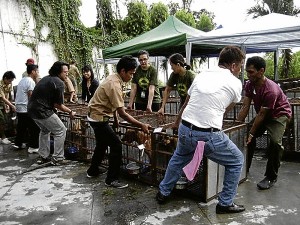
Metal rectangles
“The dogs have arrived,” PAWS executive director Anna Cabrera announced somberly at around 9 that Saturday night, as headlights shone onto the shelter driveway. I had come over to donate a few bags of dog food, and I just couldn’t leave.
The earlier batch of 30 dogs had been kept in their original cages, long metal rectangles divided into small compartments; some of the dogs couldn’t quite stand straight, and the bigger ones had to be transferred to individual cages. A few were on IVs, and looked weak.
I walked among the cages, and was followed by the sad eyes of dogs with terrible wounds, infected ears and eyes, swollen legs, missing nails and emaciated bodies. Still, many wagged their tails weakly when people came to scratch their heads.
Then, when the next batch of 39 arrived, it was all hands on deck. Huge flatbed trucks unloaded wooden treadmills that looked like medieval implements of torture, on which these fighters were whipped into precarious shape. Pieces of plastic matting were covered in dog excrement.
Then finally, underneath large sheets of tarpaulin, the precious cargo—dogs that had just endured two hours of traffic from Cavite, some howling piteously, some barking, some cowering in fear. “What now?” many seemed to be asking with their eyes, tails between their legs, open wounds oozing. It was heartbreaking.
In the darkness and the rain, the volunteers got to work. The dogs were unloaded from the flatbed trucks one by one by the accompanying PAWS volunteers and some manpower lent by supporters—carpenters, drivers, handymen. Each dog was carried or walked from one cage to another; the weaker ones were put on IV and brought straight to the clinic.
Tina Agbayani, a mom and veritable McGyver, bought and attached floodlights to a lamppost to illuminate the open area. Tireless volunteer Daisy Medel and PAWS shelter vet Dr. Wilford Almoro did the rounds, ranking the dogs according to medical priority—3 for “looks okay,” 2 for so-so, 1 for “I have to see this dog now,” in the words of Doc Wil.
Later, Tina decided we should clean the plastic matting, and we scrubbed off feces for the next hour. For the next few days, the regular volunteers fed and watered dogs and cleaned cages twice a day, and slept very little. They’re still at it.
Yes, they’re doing it all for these “bad dogs.” And the bad dogs are becoming more gentle by the day. I was almost in tears when PAWS shelter administrative officer Cha Laxamana entered a cage to fix a dog’s tangled IV tube—and the dog gently licked the side of her face, closing its eyes as she scratched its ears.
The next day, I passed the hat at work for the pit bulls, and someone gasped, “What? Aren’t those bad dogs?”
Let’s get this straight, once and for all: There is no such creature as a dog born bad.
“As a rule, each breed has its own combination of drives and general purpose,” says PAWS director and professional dog trainer Elsie Araneta. “Barring organic problems, if they are all given sufficient exercise and mental stimulation, and have a clear line of communication with their committed leader, they should all do very well.”
Human manipulation
Dogs turn bad because of upbringing, conditioning and human manipulation to create animals with a high tendency for aggression. This is why the pit bull has become the most notorious and maligned breed of the 21st century. Look behind any of the reported pit bull attacks all over the world, however, and you will likely see a history of cruelty, neglect or irresponsible handling.
That being said, a powerful pit bull is not a lapdog you can tie ribbons on, although many have been raised to be gentle and sociable. These fighting dogs in particular, conditioned from rough handling and encouraged aggression, will be best kept away from children and other animals, even after they have been rehabilitated, unless the rehabilitation—which may take time and effort—is extremely successful. But they could still make excellent, loyal companions to strong, experienced dog owners.
In fact, an initial assessment by Cebu-based professional dog behaviorist Jojo Bautista and IRO’s Hernandez, who walked a few of the dogs last Wednesday, is that the dogs have excellent chances of being rehabilitated, and are quite receptive to humans.
Over a hundred fighting pit bulls are now with various people in Cavite. Maybe some of these folks are looking to breed and sell these pure-bred dogs. It cannot be discounted that some of them may actually find their way back to the dogfighting arena.
If many did adopt them out of good intentions, I hope that they know what they are dealing with, and that the dogs don’t hurt anyone—and possibly end up being abused again or killed as a result.
As of this writing, AKF has announced plans to work with Cavite’s provincial veterinary office to spay and neuter the pit bulls adopted by locals. Refusal by adopters to comply will obviously confirm that they intend to cash in on the tragedy and breed more fighters.

“But it’s going to be very hard,” says Araneta. “It’s taking a huge, huge toll on PAWS, which has become mainly responsible for them. A lot of people have donated, but we need a lot more. The magnitude of the need is way off the scale.”
“Although our main concern now is the welfare of the dogs, the legal aspect is at the back of our minds,” says Parsons. “This is an international crime involving two governments, because the betting and the database are in South Korea, where dog fighting and betting are illegal.
“The Koreans said they didn’t know it was illegal here, which is impossible. They came here because they thought they could get away with it.” The South Korean embassy hasn’t issued any statement on the matter.
Not a backyard operation
Neither is it a small backyard operation; the warehouse was being rented at P100,000 a month, and was on the seventh month of an eight-month lease, reports Parsons. Also, the facility had been granted a permit to operate as a dog farm, Cabrera says—which is still illegal, because a farm means you’re growing dogs for meat, and dog-eating is a crime in the Philippines.
The permit was signed by Dr. Angel Mateo, OIC of the Bureau of Animal Industry, Animal Welfare Division (emphasis mine).
There will be little holiday rest for animal welfare advocates this year, but there are some things ordinary citizens like me want to know.
Cavite’s congressman is Rep. Jesus Crispin “Boying” C. Remulla. Indang’s Mayor is Bienvenido V. Dimero, and the barangay where the warehouse is located, Mahabang Kahoy Cerca, is under barangay captain Ramiro B. Pulido. Nothing has been heard from any of these elected officials.
It’s reasonable to ask how and why things got this far under their watch, and whether they will take responsibility for any of the pit bulls and dog fighters still in Indang.
I want to know how and why a dog-fighting facility got a permit and a space to rent, and kept working—with electricity, running water and an obviously speedy PLDT Internet connection, as Parsons herself saw—for months.
I do believe the six Koreans caught in Indang will get away, and the Philippine government will let them. After all, if massacred innocents in Maguindanao can’t get justice, what chance do “bad dogs” have?
But I especially want to know about the Filipinos who enabled them, the traitors who threw open the doors of their country to this abomination for a few bucks, and I want to know what the Philippine government is going to do about them, no matter how low or high in society they stand.
I want to know if they’re parents, and how they can let helpless creatures tear up each other’s flesh, then go home and kiss their kids, like they were normal, decent people. I wonder what kind of karma the universe has waiting for their children because of their parents’ crimes.
There’s a lot I want to know. But right now, I try to be content knowing the pit bulls are eating and sleeping well, and there are humans, God bless them, trying to do right by the dogs. In the meantime, I’ll clean up dog poo—and pray.
PAWS still desperately needs help in the form of money as well as brushes, buckets, extension wires, detergent, plywood, high-pressure hoses, as well as medicines such as doxycycline antibiotic (100 mg), Liv 52 and liver supplements like Silymarin and Liveraide, multivitamins, and silver sulfadiazene ointment for wounds. They also need additional volunteers to help feed the dogs and clean up. For directions to PARC, bank account numbers for donations and other information, visit the PAWS website at www.paws.org.ph or call 4751688.

